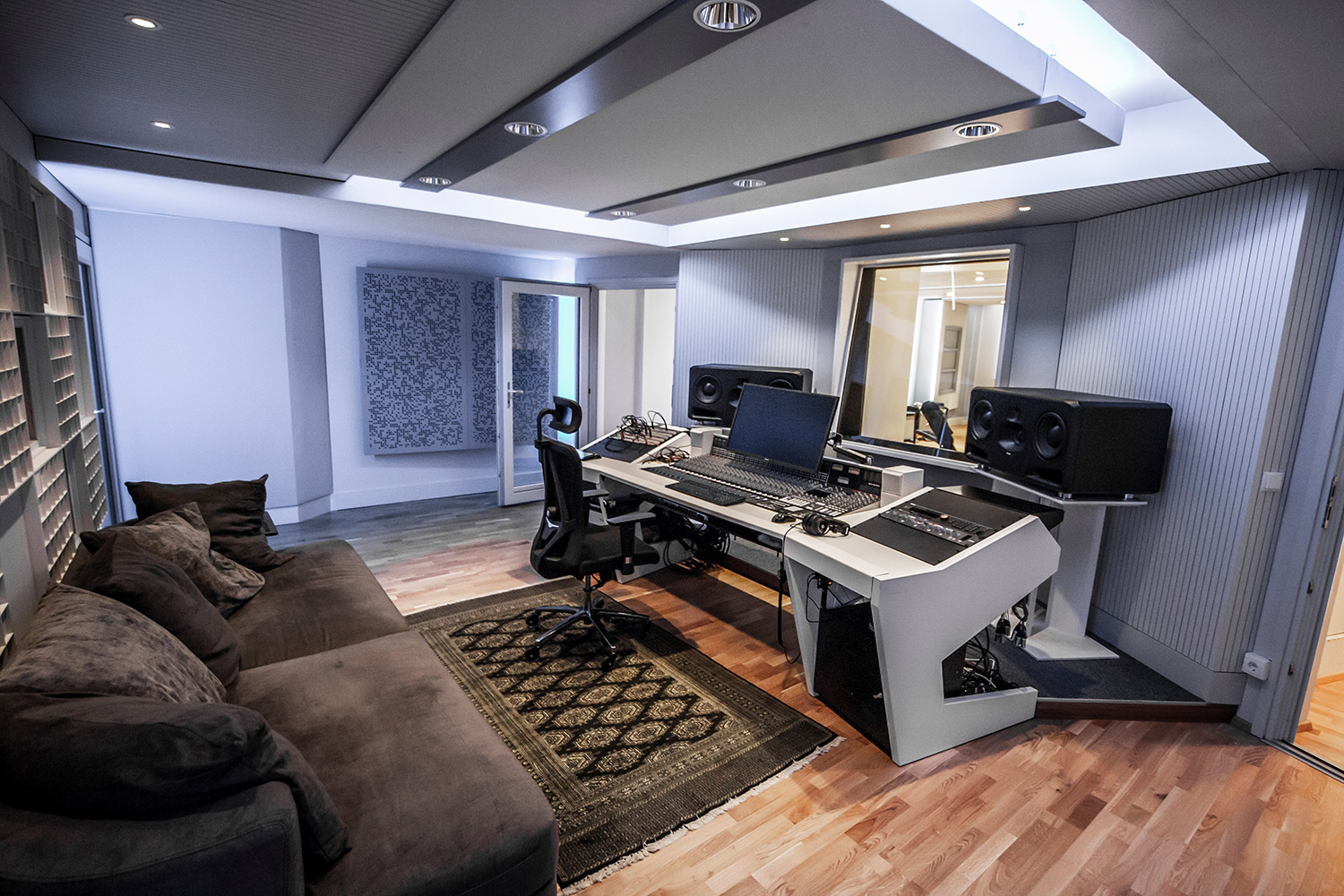Explore the Top Features Every Digital Audio Workstation Computer Must Have
A Digital Audio Workstation DAW computer is the cornerstone for music production, sound design, and audio editing. To handle the demands of complex audio projects, the computer must be equipped with a powerful processor. A multi-core CPU with high clock speeds ensures smooth performance when running multiple plugins, virtual instruments, and effects simultaneously. This capability is critical for preventing latency and enabling real-time audio processing, which is essential during recording and mixing sessions. Equally important is the system’s memory capacity. Ample RAM allows for seamless handling of large sample libraries and numerous audio tracks without slowing down the workflow. Audio production software and plugins can consume significant amounts of memory, so having a minimum of 16GB of RAM is often recommended, with 32GB or more preferred for professional-grade setups. This ensures efficient multitasking and minimizes the risk of crashes or freezes during intensive sessions.

Storage solutions play a crucial role in a DAW computer’s effectiveness. Fast and reliable storage options like solid-state drives SSDs greatly reduce loading times for software, samples, and projects. SSDs provide quicker data transfer rates compared to traditional hard drives, which is vital when dealing with high-resolution audio files and large project sizes. Additionally, Audio PC having a combination of SSDs for system and project files alongside larger capacity drives for archival purposes can optimize both speed and storage space. Audio interfaces and connectivity options must also be considered when choosing a DAW computer. Multiple USB ports, Thunderbolt connections, and audio-specific interfaces ensure compatibility with external hardware such as microphones, MIDI controllers, and mixing consoles. Low-latency input and output connections are essential for recording and monitoring audio accurately. Furthermore, support for MIDI and digital audio protocols allows seamless integration of various studio equipment, enhancing overall creative flexibility.
The display and graphics capabilities of a DAW computer are often overlooked but are quite important. A high-resolution monitor with accurate color reproduction helps producers and engineers see detailed waveforms, plugin interfaces, and mixing consoles clearly. Multiple display support can enhance workflow by allowing simultaneous views of different software windows, improving efficiency during complex editing tasks. While top-tier graphics cards are not necessary for audio production, reliable integrated or dedicated GPUs contribute to smooth visual performance. robust cooling and quiet operation are critical features for a DAW computer. Audio production environments demand minimal noise interference to maintain audio fidelity during recording and mixing. Efficient cooling systems prevent thermal throttling, ensuring consistent performance over long periods. A computer designed to run quietly and stay cool under load helps maintain an ideal working environment where audio quality is not compromised by distracting fan noise or overheating issues.